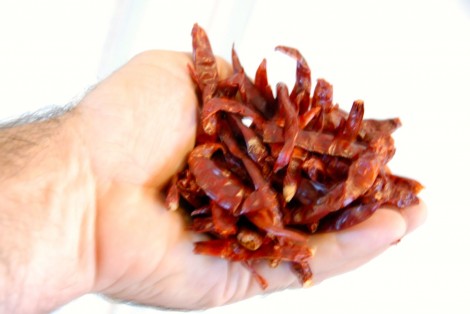
So, it’s been brought to my attention that while I am writing articles on travel and cooking I have defaulted to using US measures (Thanks, Julie). Not very helpful if you are traveling to, or live in Europe, or Asia, or Africa, or Australia, or South America, or very northern or very southern North America. Perhaps in Antarctica, depending on which base you find yourself, you may run into a 1-cup measuring cup – but those places are staffed mostly by scientists, so possibly not.
This whole issue of measure is problematic, down to the name of the systems. In the US we used to call our system the English system, but the English don’t really use it anymore – except when they do. Height in centimeters, weight in stone, speed in miles per hour, gas in liters…
This reminds me of my first car, a 1976 MGB. Half of the bolts were metric, half were Standard – and all of them were old and rusted, thereby guaranteeing no matter what wrench you reached for, you would round off the bolt.
So, the Standard system of measure it is, but an ever shrinking standard. Even the commonly used measurements are a bit odd – ounces is used for weight and volume, and there is not a commonly used measurement for mass (sort of – a pound measures weight, but was equated to the kilogram, a unit of mass. The Imperial mass measure was newton, or slug, or some-such). A bovate can be both a measure of area, as well as a taxation unit… ok, we don’t really use that last one very much.
As someone who was fascinated by science throughout school, and expected to go into the sciences, I always saw the metric system as superior, logical, clean and integrated. But I have to admit that has changed over time. Perhaps it’s cooking, perhaps it’s aging – but I now think that the old English system gets a bad rap.
A cup is a cup – it’s about a handful, or how much coffee you can drink before it cools off. It’s roughly 250 ml, but saying 250 ml doesn’t convey that organic reality – at least to me.
A teaspoon, a tablespoon, a foot – these are all easy to estimate and visualize. Less so 5 ml, 15 ml, and 30 centimeters.
I’ve taken Thomas Keller’s advice and measured my pinches and piles: a thumb and one finger pinch is about a 1/4 teaspoon, a thumb and two finger pinch is about a 1/2 teaspoon, and a three finger pinch is a teaspoon. A quarter-sized pile of dried herbs in my palm is a teaspoon.
It’s a great way to cook – and a miserable way to bake. Regardless of your system of measure, I recommend doing the same.
Even as I grow more fond of the archaic measurement system that I grew up with, I understand it’s not everyone’s 236.6 ml of tea. So, I’ll fix this. I’ll go through the site over the next few days and post equivalencies (UPDATE: Completed), and post them going forward. I may get a few wrong – for example in the US a 15 oz can is a standard size, but I don’t recall standard can sizes from when I lived overseas and if a 443 ml can exists. But, I’ll get it close enough that you can figure out what I mean.
In the meantime, here’s a chart that’s accurate enough and simplified to be useable for cooking. Oh, and if I ever call for a hand-full of Arbol chilies, it’s almost exactly one cup. I have no idea what that weighs.
- 1 tsp (teaspoon) = 5 ml
- 1 Tbs (Tablespoon) = 15 ml
- 1 oz (volume ounce) = 30 ml
- 1 shot, standard shot (for alcohol) = 1.25 oz = 38 ml
- 1 cup = 8 ounces = 240 ml
- 1 pint = 2 cups = 480 ml
- 1 quart = 2 pints = 960 ml
- 1 gallon = 4 quarts = 3.8 L
- 1 oz (weight ounce) = 28 g
- 1 lb (weight pound) = 16 ounces = 454 g

Hey Peter, Good idea to get the conversions out there for everyone. And I have been cooking for years, when people ask for my recipes, I have to estimate a Lot for people to understand what seasonings they should use, but I ALWAYS tell them they have to get their seasonings to their own taste. Always tricky. Great article though!!!
Thanks Steve – there was a request for metric conversions, and once I get into a groove when writing a recipe it’s actually pretty fast for me to throw out the equivalencies (except for ‘standard sizes’ that aren’t so standard). On the seasonings front, you are right. In a few of my recent efforts I put in ranges, and advise using the lower side of the range and then adjusting up to taste.